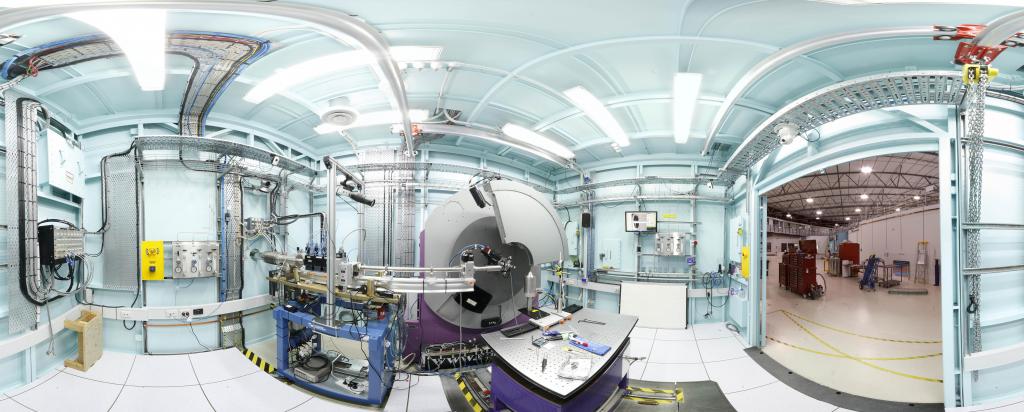
Powder Diffraction
Powder diffraction is a technique used to study the crystallographic structure of materials.
The Powder Diffraction beamline is located on a bending magnet source and has been designed to operate over the energy range 8-22 keV. The beamline consists of two experimental hutches and a user cabin. Experimental hutch one is designed for sample capillary analysis, and experimental hutch two is for specialised user setups, and those requiring a 2D detector.
Studies at the Powder Diffraction beamline
There are a range of studies carried out including:
- Ab initio structure solution
- In situ examination of chemical and mineralogical processes
- Structure/property studies
- Parametric studies, including variable temperature
- Phase identification and quantification
- Pair distribution function analysis
- Line profile analysis
- Examination of stress and strain
Advantages of synchrotron PD compared to a laboratory
Laboratory-based powder diffraction techniques are inherently resolution-limited in the range of observations (d-space range), the signal-to-noise ratio, and the shape and width of observed reflections. Synchrotron-based instruments are the only way to overcome these limitations and give the resolution required to determine and refine accurate structures of even moderately complex materials from powder samples. In addition, synchrotron measurements can be made on a 'real' time scale allowing observation of chemical processes.
Contact
Have a question? Get in touch with the team.

